Experiences, Aaccommodation
Grand Africa Safaris > Blogs > Namibia Travel Tips Guide
Traveling to Namibia, with vast expanses of rocky mountains and canyons, huge sand dunes, savannahs with plenty of game, the best sunsets, surreal landscapes and a rugged coastline all amount to a diverse but beautiful landscape. Namibia is like no place on earth and well worth visiting.
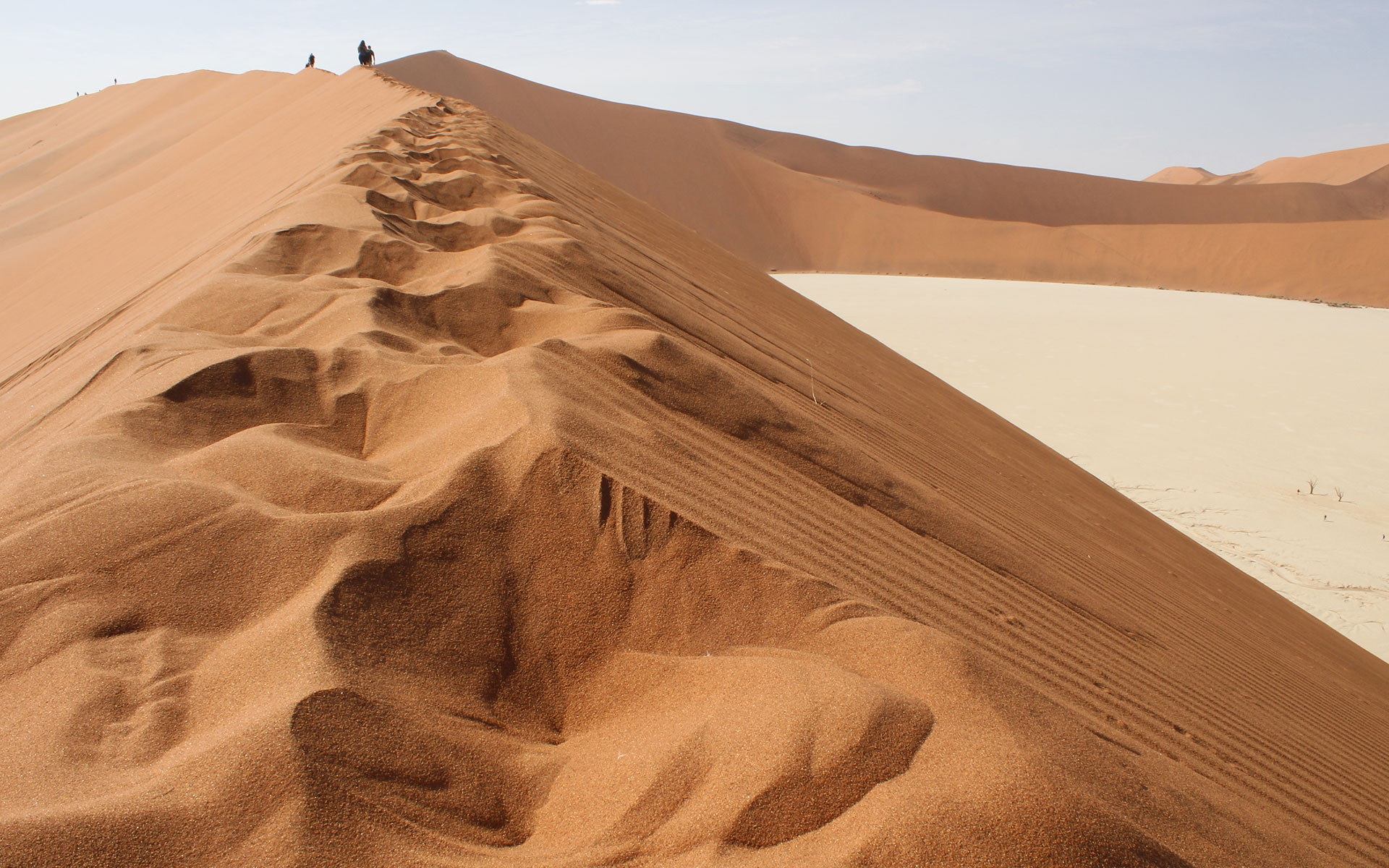
Namibia is like no place on earth and well worth visiting
Some of the reasons to visit include:
Our expert team of travel professionals at Grand Africa Safaris DMC have over 52 years experience in the industry and are here to provide you with first-hand information on the sweeping dunes, dramatic views and unspoiled nature of Namibia.
We are here with you every step of the way!
USA citizens are not required to have a visa prior to arrival as a tourist visa is issued at the airport, if staying for 90 days or less. Foreign nationals from Bahamas, Cayman Islands, Ecuador, Dominican Republic, Hong Kong, Indonesia, Panama, Singapore, UK and most European countries do not require a visa to enter the country either.
*We have made an effort to ensure that the information listed is correct at the time of publication.
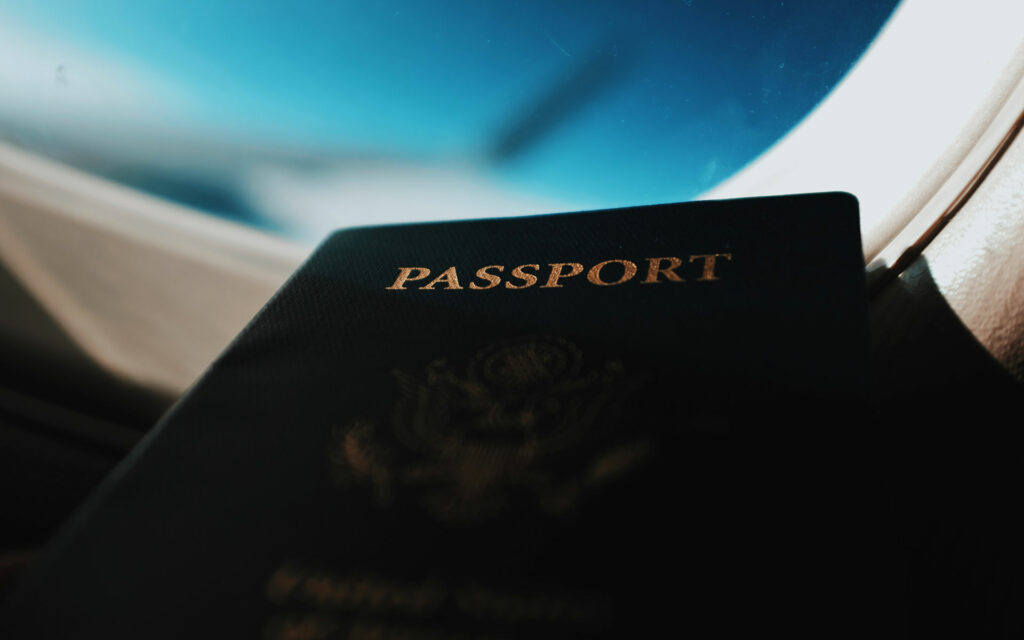
In order to be considered valid for travel to Namibia, clients must have at least six months of validity remaining beyond the traveler’s planned date of exit from Namibia. Travelers with insufficient passport validity are strongly advised to obtain new passports prior to travel.
Yellow Fever
All passengers to Namibia require yellow fever inoculation certificates if they have visited ANY of the following countries in the Americas and Africa
• Angola
• Argentina
• Benin
• Bolivia
• Brazil
• Burkina Faso
• Burundi
• Cameroon
• Central African Republic
• Chad
• Colombia
• Congo
• Côte d’Ivoire
• DRC
• Ecuador
• Equatorial Guinea
• Ethiopia
• French Guiana
• Gabon
• Gambia
• Ghana
• Guinea
• Guyana
• Kenya
• Liberia
• Mali
• Mauritania
• Niger
• Nigeria
• Panama
• Paraguay
• Peru
• Senegal
• Sierra Leone
• Sudan
• Suriname
• Togo
• Trinidad and Tobago
• Uganda
• Venezuela
Click here for up to date endemic countries.
A yellow fever certificate is also required for those in airport transit for more than 12 hours
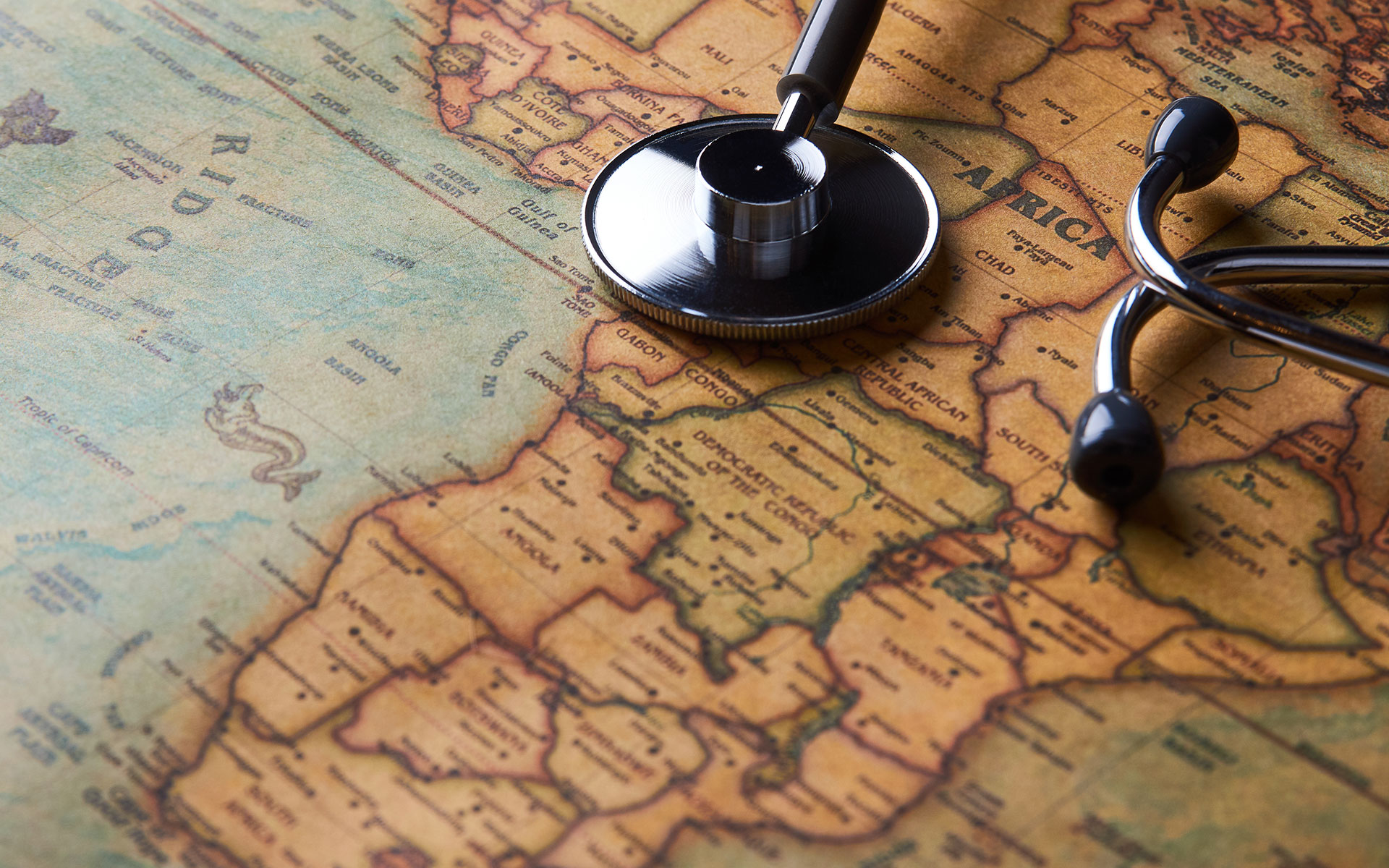
Please note that a yellow fever certificate is also required for those in airport transit for more than 12 hours.
Thanks to the heat and desert conditions, mosquitos are not found in most parts of Namibia. Luxury lodges all feature mosquito nets, however we do recommend using insect repellent for other insects – especially if your client is sensitive to bites.
Children under the age of 18 will require an unabridged birth certificate* together with a valid passport when traveling abroad.
Foreign nationals are advised to apply for unabridged birth certificates in good time to avoid possible delays to travel plans.
The cities in Namibia are well established and Windhoek, Walvis Bay, and Swakopmund are constantly growing their infrastructure each year.
Arrival is usually into the Hosea Kutako International Airport and from here a meet and greet followed by a luxury transfer is arranged into Windhoek. This takes approximately 45 minutes.
If your client is staying overnight in Windhoek we will arrange the accommodation accordingly and the following day there will be a transfer to the regional airport for a light aircraft flight through to Sossusvlei or the Namib Desert or Damaraland – depending on the itinerary.
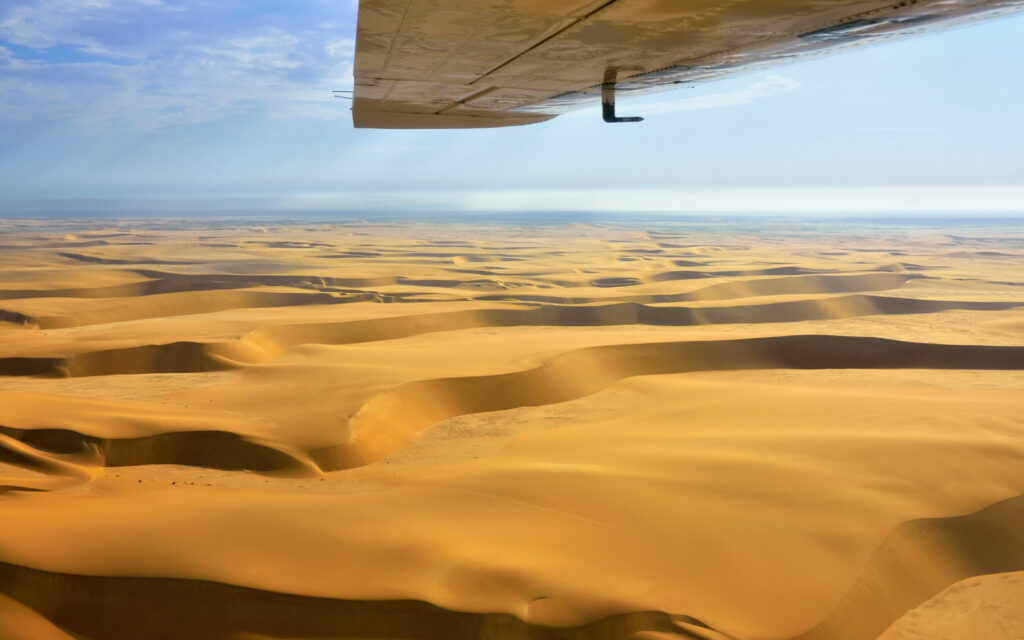
We do not suggest self drive and will arrange for a guide to accompany your client where required.
Your client can also fly from Windhoek to the towns in Namibia:
Hosea Kutako International Airport —> Walvis Bay International Airport, 40 minutes
Hosea Kutako International Airport —> Luderitz Airport, 1 hour
Hosea Kutako International Airport —> Oranjemund Airport, 1 hour 15 minutes
The 6,664km of tarred roads have recently received upgrades and a new tarred highway has been developed strictly for the use of trucks to transport harvest.
Your client will be hot in summer and a lightweight shirt and pants are a good choice for a hot day to protect them from the sun, especially then spending time outdoors like for e.g. climbing the dunes at Sossusvlei.
When hiking the dunes wear closed comfortable shoes and not sandals. In principle, one pair of shoes is sufficient to travel light, but also bring with a pair of sandals or flip flops.
Definitely a sun hat with string for open-air game drives or when out in the Namib Desert. Wear polarized sunglasses at the same time.
In winter a warm jacket, fleece pullover or sweater is required, especially along the coast in the evenings.
On safari the expert team at Grand Africa Safaris suggests clothes in khaki, green, beige and other natural light colors. Safari trousers for cooler days or late afternoon game drives.
How much to tip?
Tips are not normally expected for transfers, however, if the transfer or the trip is over 45 minutes, consider tipping.
As a rule of thumb, guides on safari should receive USD5 – USD10 per person per day and trackers USD5 per person per day. Lodge staff should receive USD4 – USD10 per guest per day. Tips for lodge staff are usually given in at reception upon check out, however, if you would like to tip someone specific, hand them the tip personally in an envelope at the end of your staff. The tips are provided at the end of your stay.

As a rule of thumb, guides on safari should receive USD5 – USD10 per person per day and trackers USD5 per person per day
When it comes to charity, many visitors to Africa feel a strong urge to help the less fortunate whom they encounter on safari, or when visiting a local village or school. People often ask what they can take, especially for the children. Travelers should be encouraged to connect with the people, culture and spirit of the destination and give back.
Grand Africa Safaris has 4 responsible travel partners responsible travel read here.
Read more about our exciting conservation safaris here.
With an average of 300 days of sunshine per year, Namibia is one of the sunniest countries in the world.
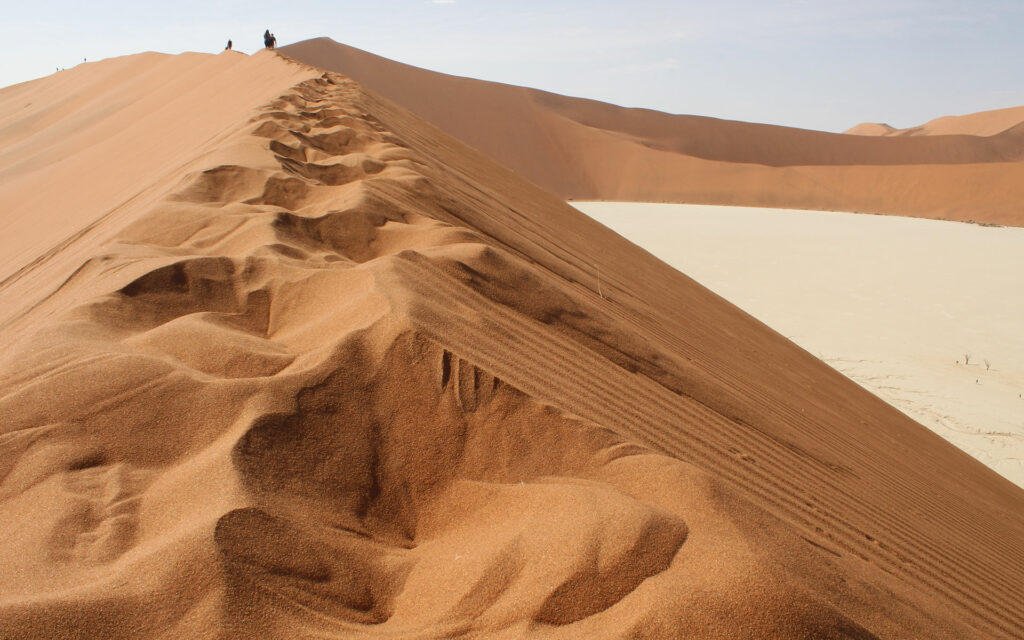
In the summer months between December and March, your client can expect extremely hot days with summer rains and thunderstorms in the evening. Winter days during June to September are warm with desert night temperatures dropping below 0 degrees.
The coastal areas of Swakopmund, Walvis Bay, and the Skeleton Coast are often much cooler, even in the summer.
Generally between July to October and the chance of rain being low, is a good time to visit Namibia. This is also the best time for game viewing – thus your client needs to book well in advance.
When traversing the desert, Wi-Fi connection is as your client would expect – few and far between.
Most lodges provide capped Wi-Fi with the option to buy more but the best option is to invest in a local sim card and buy data along the way.
At approximately USD6.99 for the sim and about USD9 for 1 GB data, buying a sim card is the easiest and cheapest way to stay connected on a Namibian safari.
Most lodges provide capped Wi-Fi with the option to buy more but the best option is to invest in a local sim card and buy data along the way

Get in touch with our team at Grand Africa Safaris for more information, or if you are interested in booking an unforgettable safari to the wildlife mecca of Tanzania for your client.
Grand Africa Safaris is a luxury Africa DMC offering superior services and seamless operations to core destinations.
Our team has over 50 years experience in the industry and is a product of a collective passion for creating one-of-a kind expeditions to Africa for your clients.
